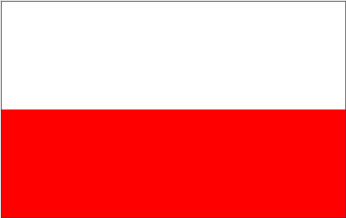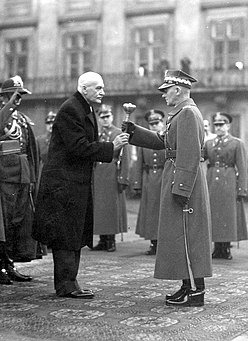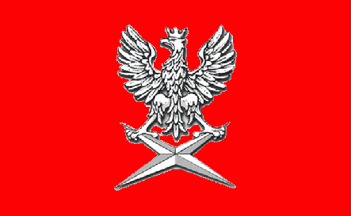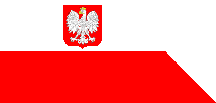Polish Victory; Polish Defeat
A Case Study AAR with Poland.
------------------------------------------------------------------------------------------------------------------------------------------
Rules, Stipulations, et al.:
Difficulty: Normal
Gamemode: HOI3, TFH
Mods: None
Start Date: 1 Jan, 1936.
Format: Pictures and Musings, with more detailed reports once the war starts.
No wars prior to September 1, 1939.
No coup attempts.
No purposefully tanking my economy to enact “prepare for war” decision.
No TAG switching to coup myself.
No joining the Axis or Comintern.
No starving my army of supplies.
---------------------------------------------------------------------------------------------------------------------------------------
Background, Synopsis, and Objectives:
I've played a few games as Poland in my time and they've always been very testy affairs, I will therefore endeavor to cobble together a strategy whereby Poland can withstand the German onslaught in 1939 reasonably well. I realize other players in the past have performed similar exploits, and even conquered Germany outright. I also realize that in 2010 a very interesting AAR was undertaken to suss out the details of Semper Fi – but much has changed since then. Should I fail in this particular AAR I may attempt to correct whatever mistakes were made or to further optimize things with the help of suggestions provided here. I am also downright terrible in the math department, so if I should make any errors when talking about numbers and related details behind my decision making, feel free to correct me. This will be less of a “look what I can do” sort of affair and more of a “watch me try to figure this out” type-thing. I don't mean to replace some of the wonderful "guide" type AARs here either, but there will be some questions brought up here that have bothered me for a while too.
The format of this AAR will be my thoughts on how to go about building up Poland to survive, theory crafting for the first few entries with some tidbits dropped in for flavor. I may be a bit more detailed than is common now, so that should anyone try to follow suit in their own games, or improve upon what they see here, they would be free to do so with a fairly detailed example. Once the fighting begins it will be more detailed on each engagement and we may invent a few fictional characters if I have the time.
Begun: 01.08.2018
Table of Contents:
1: Poland's Historical Situation: Polish Victory, Polish Defeat - an AAR
2: Of National Unity and Neutrality: Polish Victory, Polish Defeat - an AAR
3: Politics, Leadership, and Technology: Polish Victory, Polish Defeat - an AAR
4: Intelligence Services Rundown: Polish Victory, Polish Defeat - an AAR
5: The Armed Forces of Poland: Polish Victory, Polish Defeat - an AAR
6: January-March, the Beginning: Polish Victory, Polish Defeat - an AAR
7: To OOB or not to OOB?: Polish Victory, Polish Defeat - an AAR
8: The end of 1936: Polish Victory, Polish Defeat - an AAR
9: To 1939!: Polish Victory, Polish Defeat - an AAR
10: The Hunt for Manpower: Polish Victory, Polish Defeat - an AAR
11: September, 1939 Pt. 1: Polish Victory, Polish Defeat - an AAR
12: September, Part 2: Polish Victory, Polish Defeat - an AAR
13: October Part 1: Polish Victory, Polish Defeat - an AAR
14: October Part 2: Polish Victory, Polish Defeat - an AAR
15: Winter Preparedness: Polish Victory, Polish Defeat - an AAR
16: November, 1939: Polish Victory, Polish Defeat - an AAR
17: December, 1939: Polish Victory, Polish Defeat - an AAR
18: January, 1940: Polish Victory, Polish Defeat - an AAR
19: February, 1940: Polish Victory, Polish Defeat - an AAR
20: Waiting, 1940: Polish Victory, Polish Defeat - an AAR
21: 1941: Polish Victory, Polish Defeat - an AAR
22: 1942: The Darkness: Polish Victory, Polish Defeat - an AAR
Last edited:













